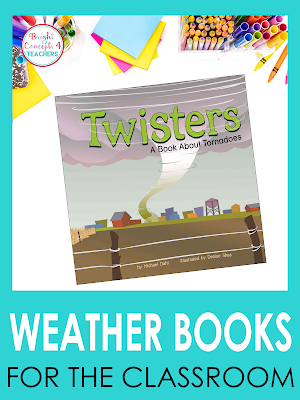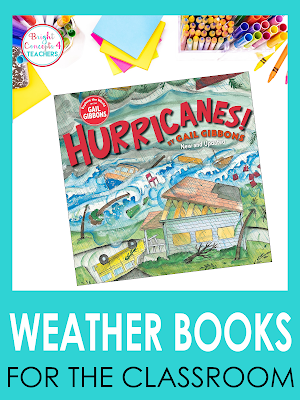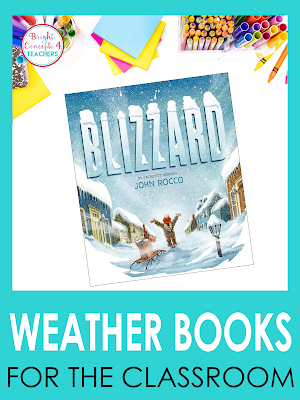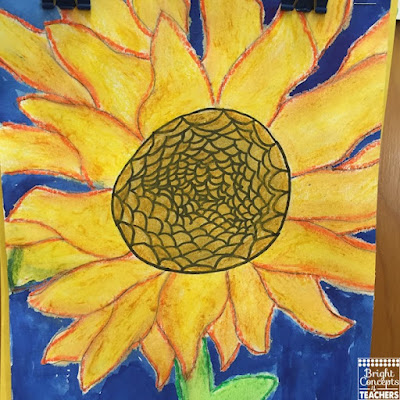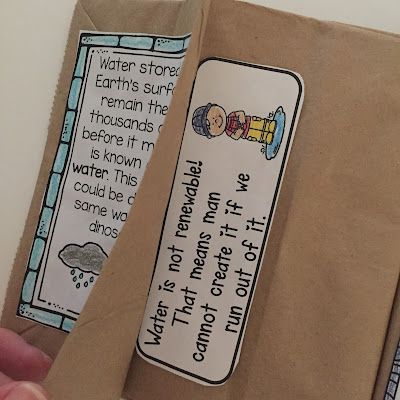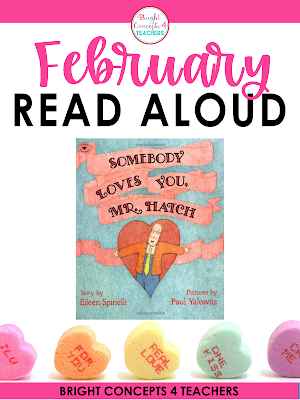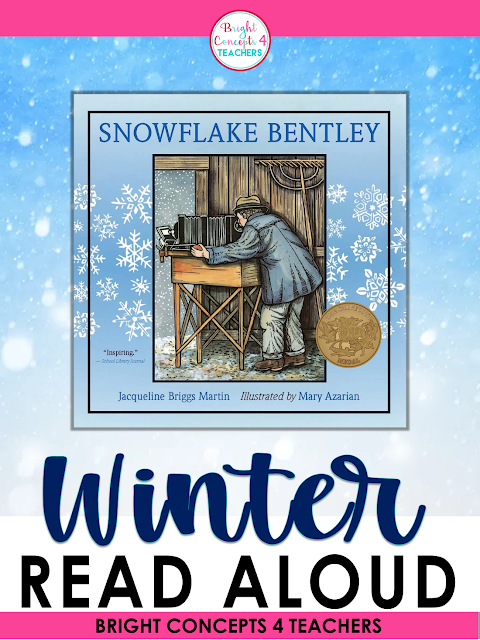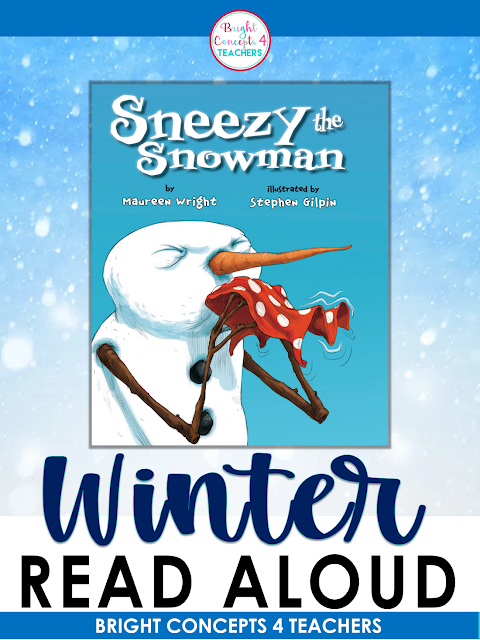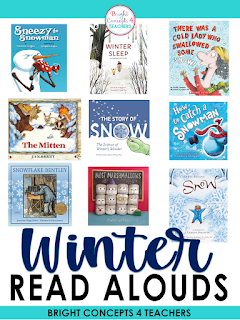This year, my school district implemented the iReady program across all grade levels. It has been an ever evolving journey to find the right fit and engagement for my students to get the most success out of the lessons. Throughout the year, I have been tweaking and changing the incentives in our classroom to get the maximum benefit of the program for as many of my students as possible. Here are a few things you need to know before we continue:
1. iReady is required for 45 minutes in BOTH reading and math each week per my district.
2. We only use the diagnostic tests and adaptive MyPath lessons.
When we started using this program at the beginning of the year, my students weren't very interested in completing their lessons. There was no incentive for them to complete them. I needed to find something quick. I searched the internet and Instagram to get ideas and then tweaked a few to work for my classroom.
INCENTIVE #1: PUNCH CARDS
Punch cards serve as a tangible and visual reminder of the progress and effort students are making to reaching their goals. It motivates them to complete their iReady lessons consistently. Here a few ways I have implemented them effectively in my classroom:
Set Clear Goals: The goals must be achievable and reasonable. My students must complete 45 minutes of BOTH reading and math lessons.
Celebrate Milestones: If they reach the goal, they get $1 of our school wide money called Cougar Cash (total of $2 possible for completing minutes). On Friday morning, I have a "mini-conference" with each student. They bring me their punch cards from the pocket chart. We quickly look at how many lessons they passed and mark their punch card. When they have passed 10 lessons, they receive $5 of Cougar Cash. Once they fill up a card, I check it off so I know they received their money and they can take it home to show their family members.
INCENTIVE #2: REWARD TAGS
Reward tags are another way to incentivize students to reach their goals. It adds an element of fun and excitement to the learning process. Here are a few ways to incorporate them into your classroom:
Establish Clear Goals: Define the criteria for students to earn the reward tag. My students get one for every 30 lessons passed.
Showcase Success: Display student reward tags in the classroom to show off their achievements and learning goals. As they collect the reward tags, you are building a sense of accomplishment and pride for each student.
Are you ready to get started with iReady incentives in your classroom? Grab the reading and math punch cards and reward tags by clicking on the image below.
I hope you can use some of these ideas in your classroom and adapt them to work for you and your students as you embark on motivating your students on their iReady journey.









